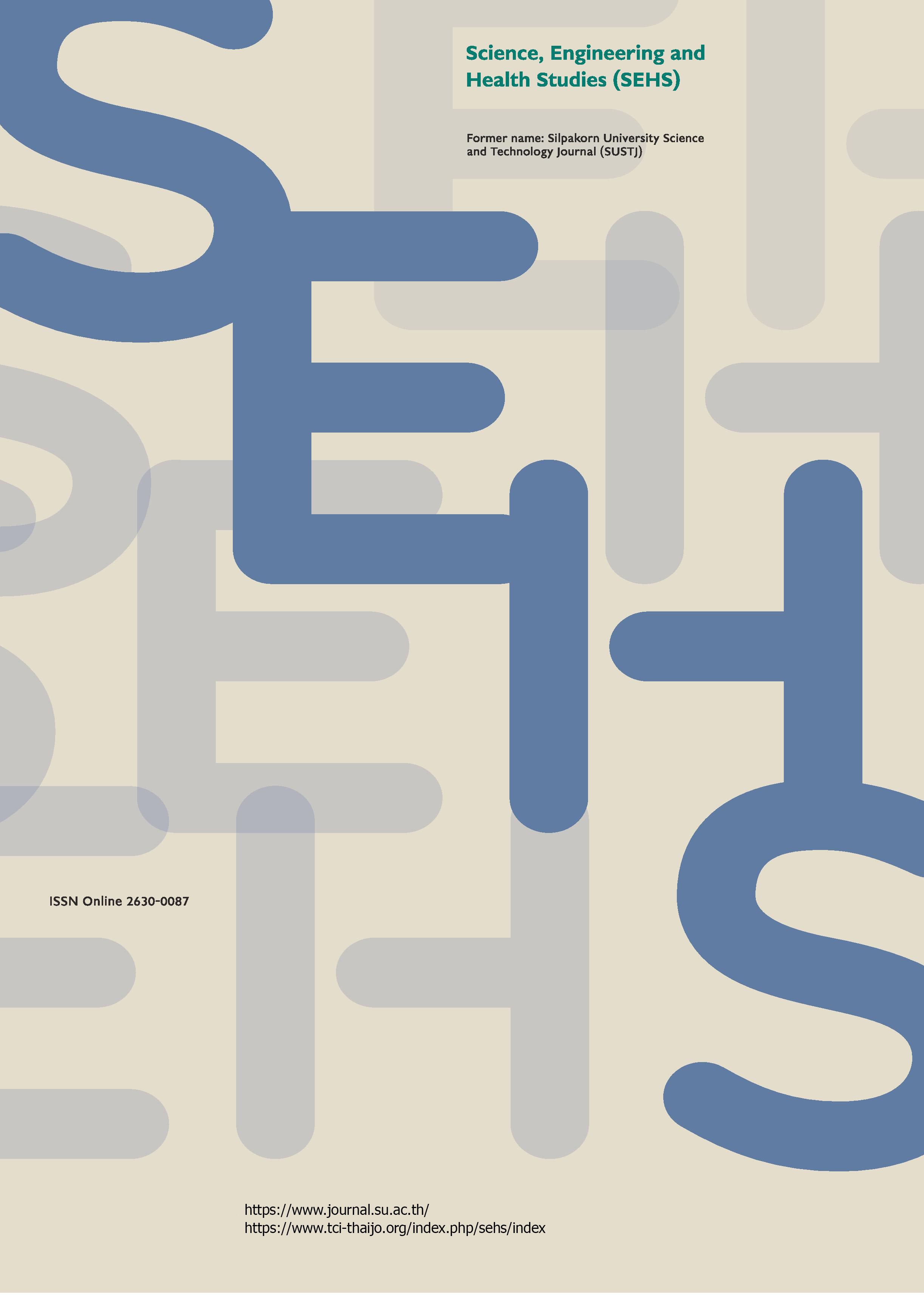Association rule mining framework for financial credit-risk analysis in peer-to-peer lending platforms
Main Article Content
Abstract
This study demonstrates a comprehensive framework for financial credit-risk analysis in the context of peer-to-peer (P2P) lending, which is a rapidly expanding industry that enables people to lend and borrow money not using conventional financial institutions. However, the considerable default risk associated with P2P lending shows serious difficulties for investors. Difficulties can be overcome through a framework based on feature selection and data discretization approaches for mining association rules from P2P lending data. Providing useful information for credit-risk analysis in P2P lending, obtained association rules can be used to identify trends and connections in the data that indicate a borrower’s creditworthiness and likelihood of payback.
Downloads
Article Details

This work is licensed under a Creative Commons Attribution-NonCommercial-NoDerivatives 4.0 International License.
References
Acumen Research and Consulting. (2023). P2P lending market size - global industry, share, analysis, trends and forecast 2022–2030. [Online URL: https://www.acumenresearchandconsulting.com/table-of-content/p2p-lending-market] accessed on February 24, 2023.
Agrawal, R., Imielinski, T., and Swami, A. (1993). Mining association rules between sets of items in large databases. ACM SIGMOD Record, 22(2), 207–216.
Bank of Thailand. (2022). List of peer-to-peer lending platform providers tested under regulatory sandbox. [Online URL: https://bit.ly/45ITySX] accessed on February 26, 2023.
Chai, N., Shi, B., Meng, B., and Dong, Y. (2023). Default feature selection in credit risk modeling: evidence from Chinese small enterprises. SAGE Open, 13(2), 1–15.
Chawla, N. V., Bowyer, K. W., Hall, L. O., and Kegelmeyer, W. P. (2002). SMOTE: Synthetic minority over-sampling technique. Journal of Artificial Intelligence Research, 16, 321–357.
Chen, T. (2021). Credit default risk prediction of lenders with resampling methods. In Proceedings of the 3rd International Conference on Machine Learning, Big Data and Business Intelligence (MLBDBI), pp. 123–127. Taiyuan, China.
Cheng, Y.-C., Chang, H.-T., Lin, C.-Y., and Chang, H.-Y. (2021). Predicting credit risk in peer-to-peer lending: A machine learning approach with few features. In Proceedings of the 2021 International Conference on Technologies and Applications of Artificial Intelligence (TAAI), pp. 295–300. Taichung, Taiwan.
Desai, D. B., and Kaiwade, A. (2018). Application of Apriori algorithm for analyzing customer behavior to improve deposits in banks. In Proceedings of the International Conference on Advances in Computer Technology and Management (ICACTM) in Association with Novateur Publications, pp. 188–191. Maharashtra, India.
Guo, H., Peng, K., Xu, X., Tao, S., and Wu, Z. (2020). The prediction analysis of peer-to-peer lending platforms default risk based on comparative models. Scientific Programming, 2020, 8816419.
Hsueh, S.-C., and Kuo, C.-H. (2017). Effective matching for P2P lending by mining strong association rules. In Proceedings of the 3rd International Conference on Industrial and Business Engineering (ICIBE '17), pp. 30–33. New York, USA.
Ko, P.-C., Lin, P.-C., Do, H.-T., and Huang, Y.-F. (2022). P2P lending default prediction based on ai and statistical models. Entropy, 24(6), 801.
Kumar, M. R., and Gunjan, V. K. (2020). Review of machine learning models for credit scoring analysis. Revista Ingeniería Solidaria, 16(1), 1–16.
Lending Club 2007–2020Q3. (n.d.). Kaggle. [Online URL: https://www.kaggle.com/datasets/ethon0426/lending-club-20072020q1] accessed on May 20, 2022
Lee, K. K. G., Kasim, H., Zhou, W. J., Sirigina, R. P., and Hung, G. G. T. (2023). Feature redundancy assessment framework
for subject matter experts. Engineering Applications of Artificial Intelligence, 117(Part A), 105456.
Mahdi, M. A., Hosny, K. M., and Elhenawy, I. (2022). FR-Tree: A novel rare association rule for big data problem. Expert Systems with Applications, 187, 115898.
Setiawan, N., Suharjito, and Diana. (2019). A comparison of prediction methods for credit default on peer to peer lending using machine learning. Procedia Computer Science, 157, 38–45.
Silva, J., Varela, N., Borrero López, L. A., and Rojas Millán, R. H. (2019). Association rules extraction for customer segmentation in the SMEs sector using the Apriori algorithm. Procedia Computer Science, 151, 1207–1212.
Suhada, C., and Devasia, J. V. (2022). Peer to peer lending: Risk prediction using machine learning on an imbalanced dataset. In Proceedings of the 2022 Third International Conference on Intelligent Computing Instrumentation and Control Technologies (ICICICT), pp. 511–519. Kannur, India.
Tan, S. C. (2018). Improving association rule mining using clustering-based discretization of numerical data. In Proceedings of the 2018 International Conference on Intelligent and Innovative Computing Applications (ICONIC), pp. 1–5. Mon Tresor, Mauritius.
Tanantong, T., and Ramjan, S. (2021). An association rule mining approach to discover demand and supply patterns based on Thai social media data. International Journal of Knowledge and Systems Science, 12(2), 1–16.
Vinod. K. L., Natarajan., S., Keerthana., S., Chinmayi., K. M., and Lakshmi, N. (2016). Credit risk analysis in peer-to-peer lending system. In Proceedings of the IEEE International Conference on Knowledge Engineering and Applications (ICKEA), pp. 193–196. Nanyang Ave, Singapore.
Zhang, Y. (2021). Application of data mining technology in financial risk management. In Proceedings of the IEEE Conference on Telecommunications and Computer Science (TOCS), pp. 319–323, Shenyang, China.


